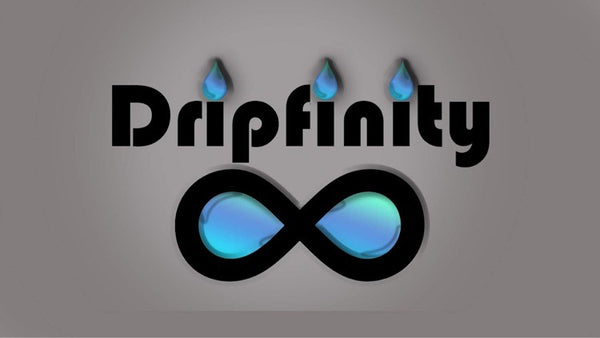The Rise of AI Art & Print: Revolutionizing Ecommerce
Introduction
Artificial intelligence (AI) has been making waves across various industries, and the art world is no exception. With the emergence of AI art and print, a new era of creativity and commerce has arrived. This revolutionary technology is set to transform the way we create, consume, and experience art.
Traditional art has long been admired for its uniqueness and human touch, but AI is challenging this perception. With its ability to learn, adapt, and generate original designs, AI is giving birth to a new kind of art that blurs the line between human and machine. In this blog post, we will explore the rise of AI art and print and how it is revolutionizing the ecommerce landscape.
The Power of AI in Artistic Creation
AI art and print rely on algorithms and machine learning to create stunning and unique artworks. These algorithms can analyze vast amounts of data, detect patterns, and generate original designs based on the learned patterns. This opens up a world of possibilities for artists, designers, and even individuals without a background in art.
Gone are the days when you needed to spend years studying art to create something beautiful. AI-powered tools can now assist in the creation process, empowering artists to experiment with new styles, techniques, and ideas. Whether it's generating abstract paintings, realistic portraits, or intricate patterns, AI can push the boundaries of what is considered possible in art.
The Evolution of Ecommerce with AI Art & Print
AI art and print are not only reshaping the creation process, but they are also transforming the way art is bought and sold online. Ecommerce platforms are leveraging AI to provide personalized recommendations, virtual galleries, and immersive shopping experiences.
For example, Dripfinity Immersive Art, a leading platform in AI art, offers a unique digital gallery experience where users can explore and purchase AI-generated artworks. Through virtual reality technology, users can immerse themselves in a digital art exhibition, making it feel as though they are walking through a physical gallery. This innovative approach combines art and technology, providing a novel way of discovering and purchasing art.
Furthermore, print-on-demand services have also embraced AI to meet the growing demand for customizable and unique products. WondrAI, a popular print-on-demand platform, offers AI-generated designs that can be printed on a wide range of products, from apparel to home decor. This allows consumers to personalize their purchases, adding a touch of individuality to their everyday items.
Challenges and Ethical Considerations
While the rise of AI art and print brings exciting possibilities, it also raises important ethical questions. With AI capable of creating artworks that are almost indistinguishable from those made by humans, who should be credited as the artist? Should AI-generated art be protected by copyright laws? These are just a few of the complex issues that need to be addressed as AI continues to shape the art landscape.
Additionally, there are concerns about the impact of AI on the livelihoods of traditional artists. As AI becomes more sophisticated, it could potentially replace certain artistic roles or reduce the value of handcrafted artworks. Striking a balance between human creativity and AI innovation is key to ensuring a thriving and diverse art ecosystem.
Conclusion
The rise of AI art and print is revolutionizing ecommerce, providing new avenues for artistic creation and transforming the way art is bought and sold online. With AI's ability to generate unique designs and personalize products, consumers are given a more immersive and customizable shopping experience. However, as this technology evolves, it is crucial to address the ethical implications and ensure that the art world remains inclusive and supportive of both human artists and AI-generated creations.
Dripfinity Immersive Art WondrAI
